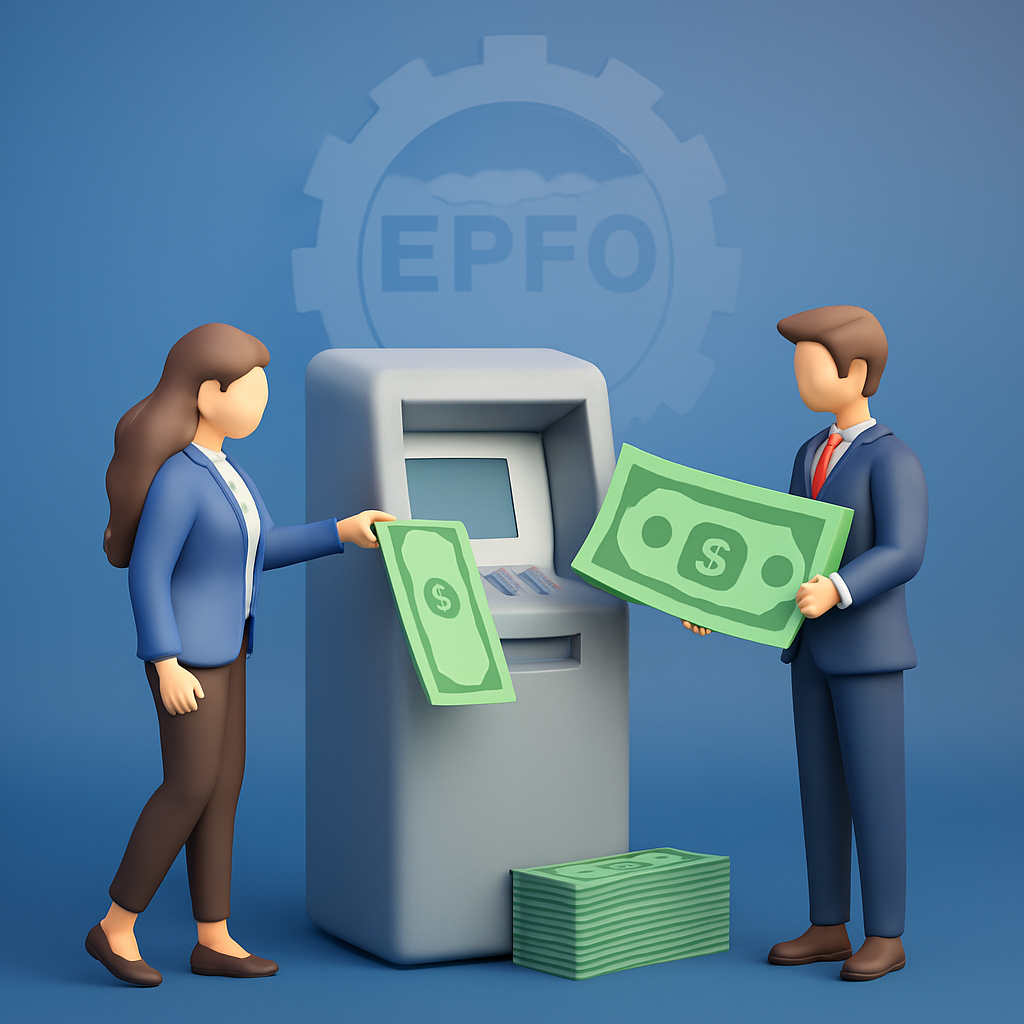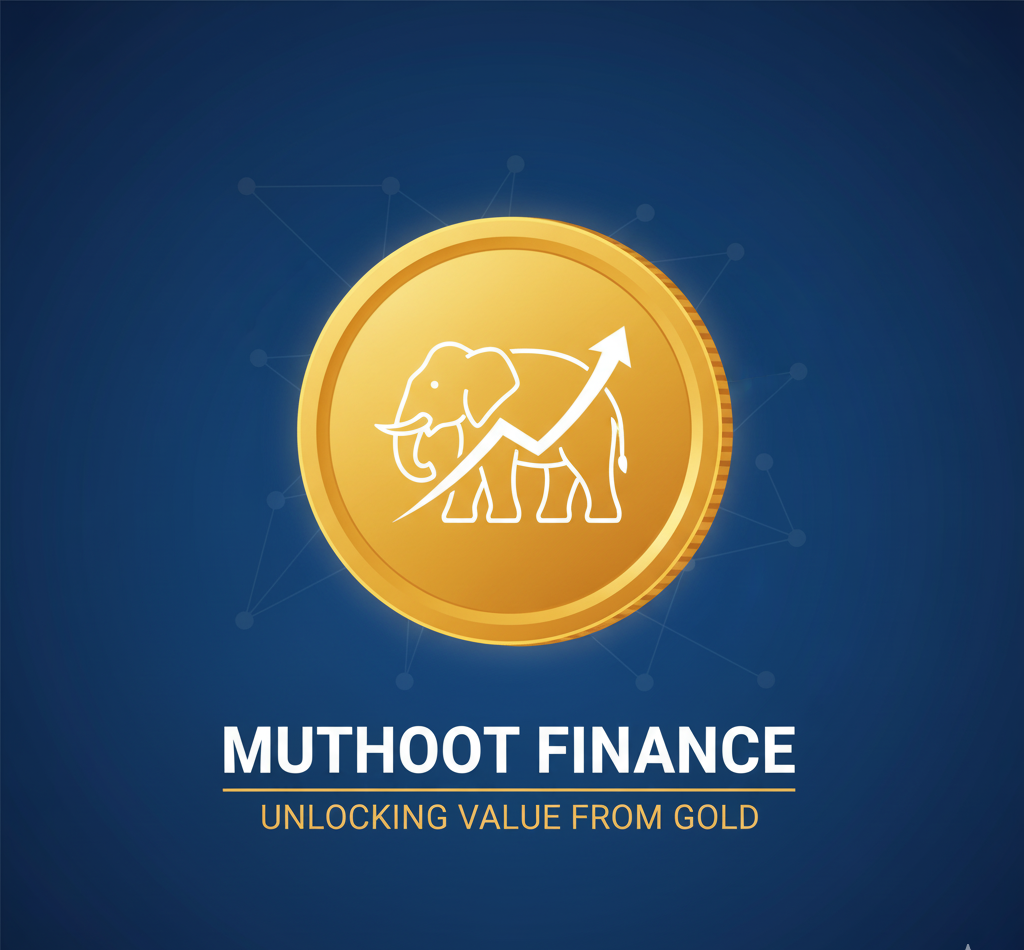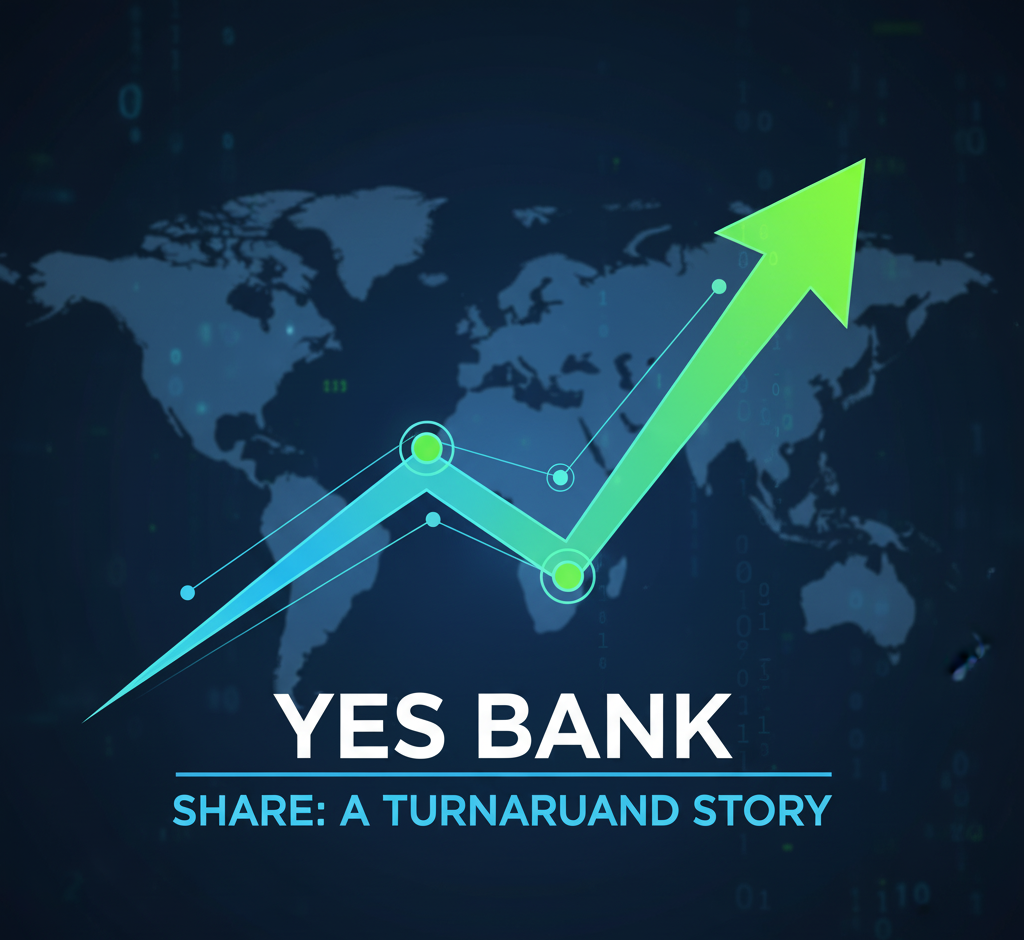Digital Finance Revolution in 2025: Key Technologies
Reshaping the Financial Sector
The financial industry is undergoing a dramatic
transformation in 2025, powered by an advanced wave of digital technologies
that are redefining how people and businesses manage money. This digital
finance revolution is more than just mobile banking or online transactions—it's
a seismic shift that integrates artificial intelligence (AI), blockchain,
embedded finance, digital wallets, and more to create highly efficient, secure,
and customizable financial ecosystems.
1. Artificial Intelligence and Machine Learning:
Hyper-Personalization and Automation
AI and machine learning have gone beyond basic automation to
offer hyper-personalized financial services. By analyzing vast datasets
encompassing transaction history and real-time behaviors, financial
institutions craft tailored product offerings and predictive insights. This
enhances everything from credit risk analysis to fraud detection and customer
support chatbots, enabling round-the-clock personalized services. These
capabilities lead to more accurate loan approvals, smarter investment advice,
and faster fraud identification, revolutionizing customer experience.
2. Blockchain Technology and Decentralized Finance (DeFi)
Blockchain’s impact extends far beyond cryptocurrencies. In
2025, it underpins decentralised finance platforms that offer transparent,
efficient, and secure transaction capabilities. Smart contracts automate
lending, insurance, and asset trading processes, reducing reliance on
intermediaries. Cross-border payments become faster and more affordable with
blockchain-based networks. Additionally, blockchain enhances KYC and identity
management, bolstering security and transparency across financial operations.
3. Embedded Finance and Invisible Banking
Embedded finance integrates financial services within
non-financial apps, turning everyday platforms like e-commerce, ride-hailing,
and social media into seamless financial hubs. This trend makes banking
imperceptible to users, offering features like Buy Now Pay Later (BNPL),
digital wallets, micro-insurance, and investment options directly within apps.
Embedded finance democratizes access and simplifies user interactions with
financial products, fostering deeper engagement and convenience.
4. Open Banking and API Integrations
Open banking grows globally in 2025, letting consumers
securely share their financial data with third-party providers through APIs.
This fuels competition and innovation, enabling tailored borrowing, budgeting,
and payment solutions. Customers gain better control over their financial data,
driving transparency and more personalized services. Banks and fintechs
collaborating through open APIs create dynamic ecosystems that redefine
traditional banking models.
5. Digital Wallets and Central Bank Digital Currencies
(CBDCs)
Digital wallets continue surging in popularity due to their
convenience in contactless payments, while CBDCs introduced by governments
provide secure, sovereign-backed digital currency alternatives. These
technologies facilitate faster, reliable domestic and international payments.
In 2025, integration with e-commerce platforms streamlines checkouts and
reduces transaction friction. Financial institutions are upgrading
infrastructure to support these modern payment channels, competing with tech
giants in the digital money space.
6. Cybersecurity and Fraud Prevention
As digital finance advances, so do cybersecurity
technologies. AI-powered threat detection, biometric authentication (facial and
behavioral biometrics), and decentralized identity management help safeguard
sensitive financial data and transactions. Preventing fraud and maintaining
customer trust is paramount, driving robust investments in cybersecurity
measures that keep pace with rapid digital adoption.
Conclusion
The digital finance revolution of 2025 is reshaping
everything from banking and payments to investments and risk management. AI,
blockchain, embedded finance, and digital wallets are not just buzzwords—they
are foundational technologies creating more efficient, secure, and user-centric
financial services. Financial institutions embracing these innovations will
lead the way in providing personalized, seamless experiences that meet the
evolving needs of consumers and businesses.
For finance professionals, content creators, and investors,
understanding these key technologies and their market impact is crucial to
navigating the future financial landscape.



